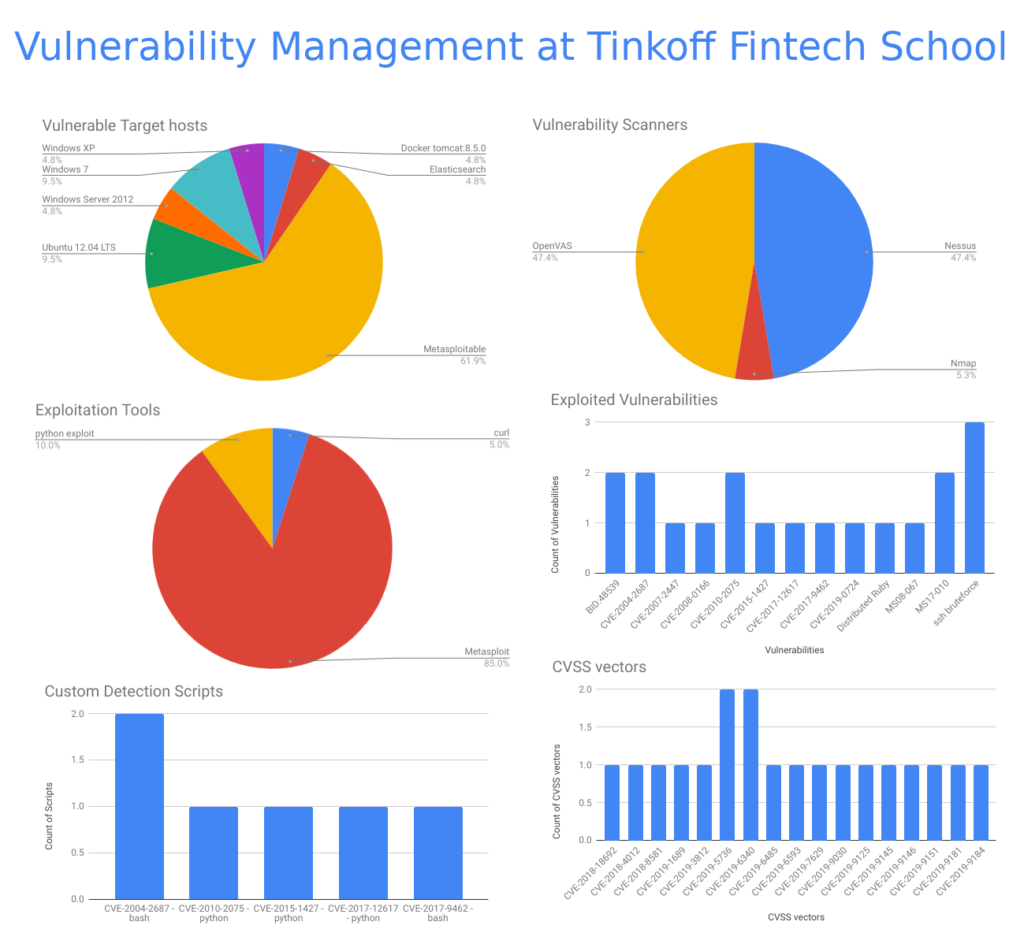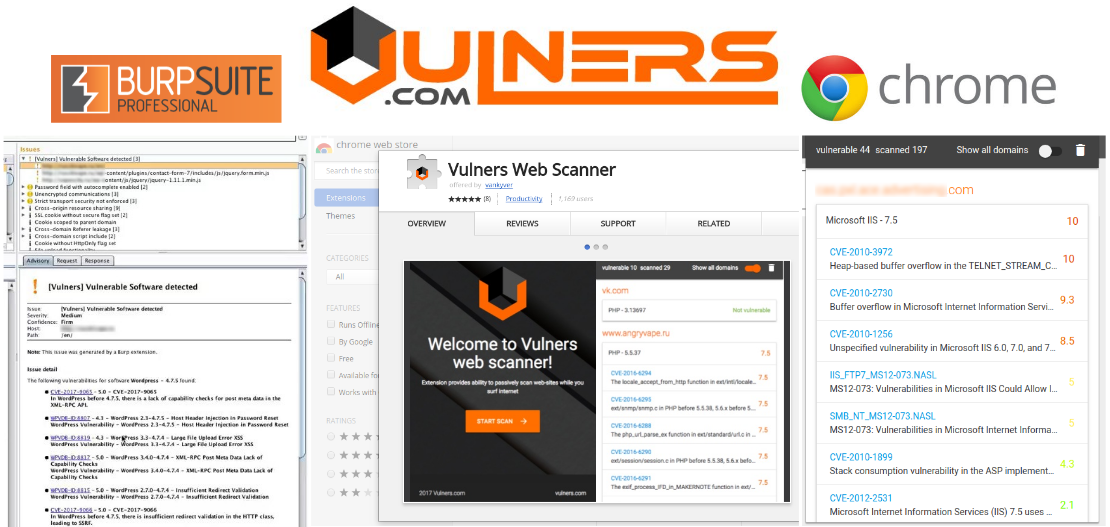Hello guys! The fourth episode of Last Week’s Security news, July 12 – July 18.
I would like to start with some new public exploits. I think these 4 are the most interesting.
- If you remember, 2 weeks ago I mentioned the ForgeRock Access Manager and OpenAM vulnerability (CVE-2021-35464). Now there is a public RCE exploit for it. ForgeRock OpenAM server is a popular access management solution for web applications. Michael Stepankin, Researcher: “In short, RCE is possible thanks to unsafe Java deserialization in the Jato framework used by OpenAM”. And now this vulnerability is Under Active Attack. “The [Australian Cyber Security Centre] has observed actors exploiting this vulnerability to compromise multiple hosts and deploy additional malware and tools,” the organization said in an alert. ACSC didn’t disclose the nature of the attacks, how widespread they are, or the identities of the threat actors exploiting them”.
- A new exploit for vSphere Client (CVE-2021-21985). The vSphere Client (HTML5) contains a remote code execution vulnerability due to lack of input validation in the Virtual SAN Health Check plug-in which is enabled by default in vCenter Server. A malicious actor with network access to port 443 may exploit this issue to execute commands with unrestricted privileges on the underlying operating system that hosts vCenter Server.
- Apache Tomcat 9.0.0.M1 – Open Redirect (CVE-2018-11784). “When the default servlet in Apache Tomcat […] returned a redirect to a directory […] a specially crafted URL could be used to cause the redirect to be generated to any URI of the attackers choice”.
- Apache Tomcat 9.0.0.M1 – Cross-Site Scripting (CVE-2019-0221). “The SSI printenv command in Apache Tomcat […] echoes user provided data without escaping and is, therefore, vulnerable to XSS”. However, in real life this is unlikely to be used. “SSI is disabled by default. The printenv command is intended for debugging and is unlikely to be present in a production website”.


